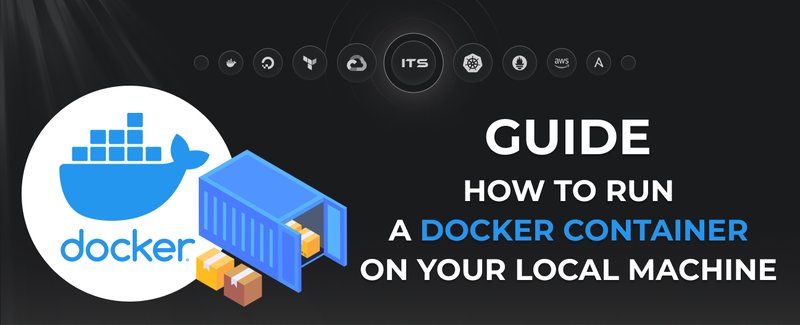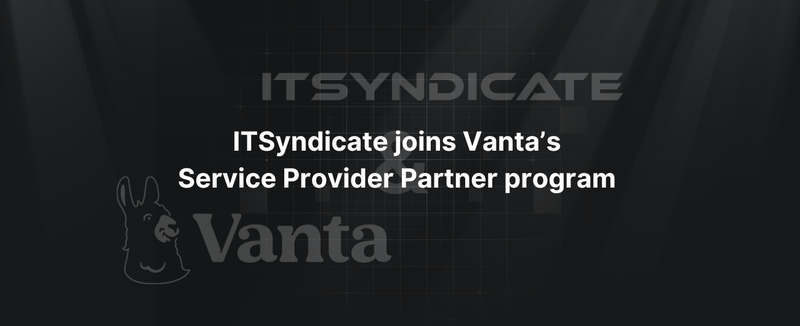In today's competitive business landscape, organizations must be able to deliver software quickly and reliably to stay ahead of the curve. DevOps is a set of practices that combines development (Dev) and operations (Ops) to shorten the software development lifecycle and improve delivery speed.
One of the critical components of DevOps methods is the DevOps pipeline. The DevOps pipeline is a set of automated processes that automate software development, testing, deployment, and monitoring. This automation helps to streamline the software development process and improve efficiency.
Benefits of using a DevOps culture in your project
There are many benefits to using a DevOps pipeline, including:
- Increased speed and agility: the DevOps pipeline helps to shorten the software development lifecycle, which allows organizations to deliver software more quickly and respond to market changes more rapidly.
- Improved quality: the DevOps pipeline helps enhance software quality by automating testing and code reviews. This helps to identify and fix defects early in the development process, which reduces the risk of defects reaching production.
- Reduced costs: the DevOps pipeline can reduce costs by automating manual tasks and improving efficiency.
- Increased collaboration: the DevOps approach helps to improve the cooperation between development, operations, and other teams. This can lead to better communication and understanding, which can help improve the software's overall quality.
Embrace DevOps today and unlock a new era of speed, quality, and collaboration. Take the leap into the future – build your DevOps pipeline now!
How to implement a DevOps pipeline
The following are the steps involved in implementing a DevOps pipeline:
- Defining the goals and objectives of the pipeline - will help ensure the channel is aligned with the organization's overall business goals.
- Identify the tools and technologies that will be used in the pipeline. Several different tools and technologies are available, so it is essential to choose the ones that are right for the organization.
- Create the pipeline. You should define the steps that will be involved in the development, testing, deployment, and monitoring of software.
- Implementing the pipeline and monitoring its performance - will help to identify any areas that need to be improved.
DevOps pipeline is a valuable tool to help organizations streamline their software development process and improve delivery speed and quality. DevOps pipeline is an excellent place to start if you are looking for ways to enhance your organization's software development process.
- Start small and scale up as needed. There is no need to implement a complex DevOps pipeline all at once. Start with a simple algorithm and add more features and functionality as required.
- Get buy-in from all stakeholders. The DevOps pipeline will only be successful if it has the support of all stakeholders, including development, operations, and management.
- Be patient and persistent. It takes time to implement a DevOps pipeline and see results. Keep going even if you don't see results immediately.
I hope this article has helped you to understand the benefits of using a DevOps pipeline and how to implement one in your organization.
Docker commands and Dockerfile usage for running containers on a local machine
Docker commands and Dockerfile usage for running containers on a local machine
Netflix tech stack for powering streaming backend and cloud solutions





